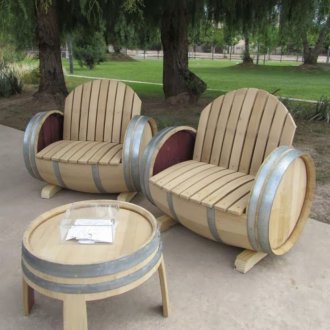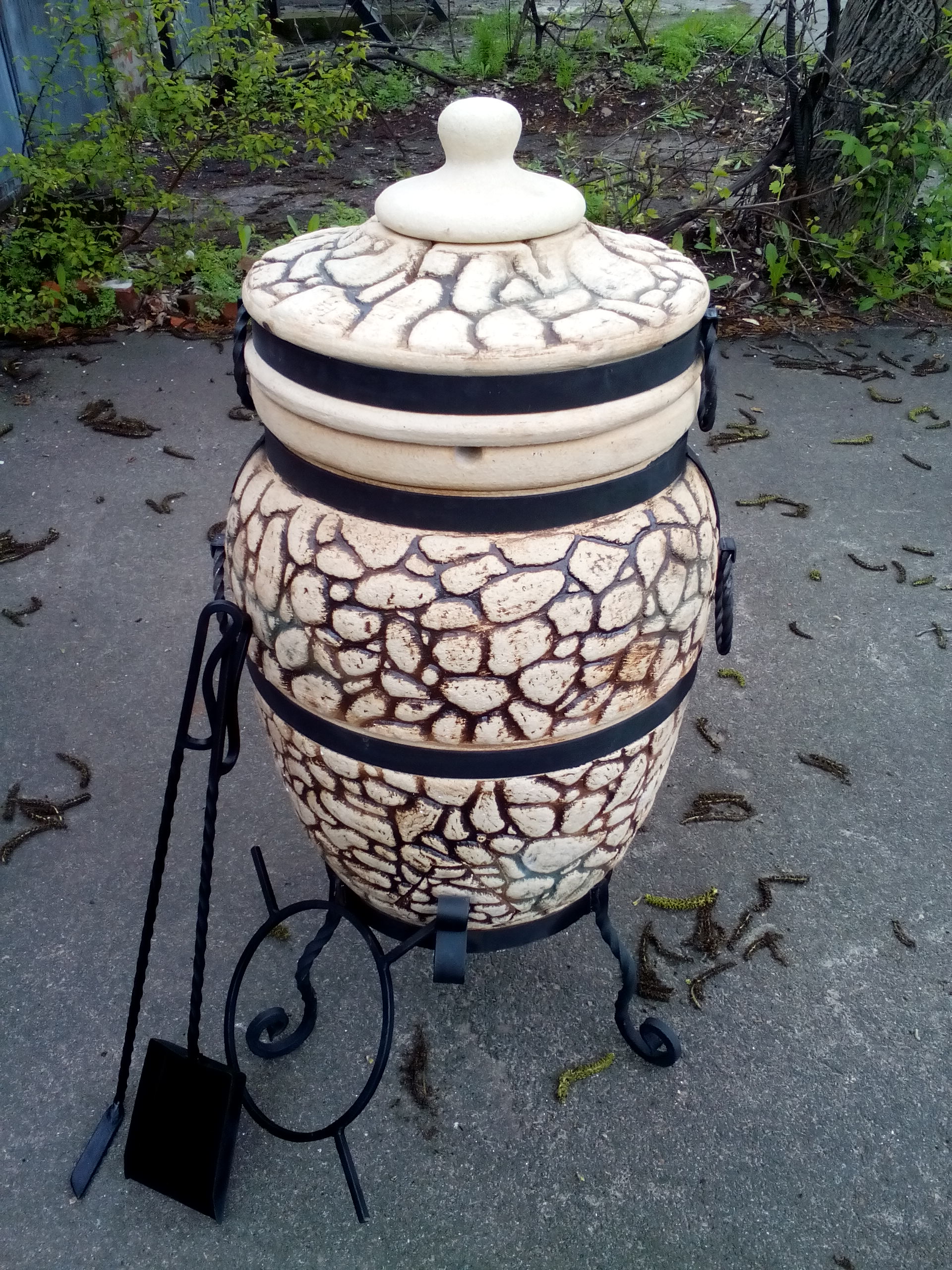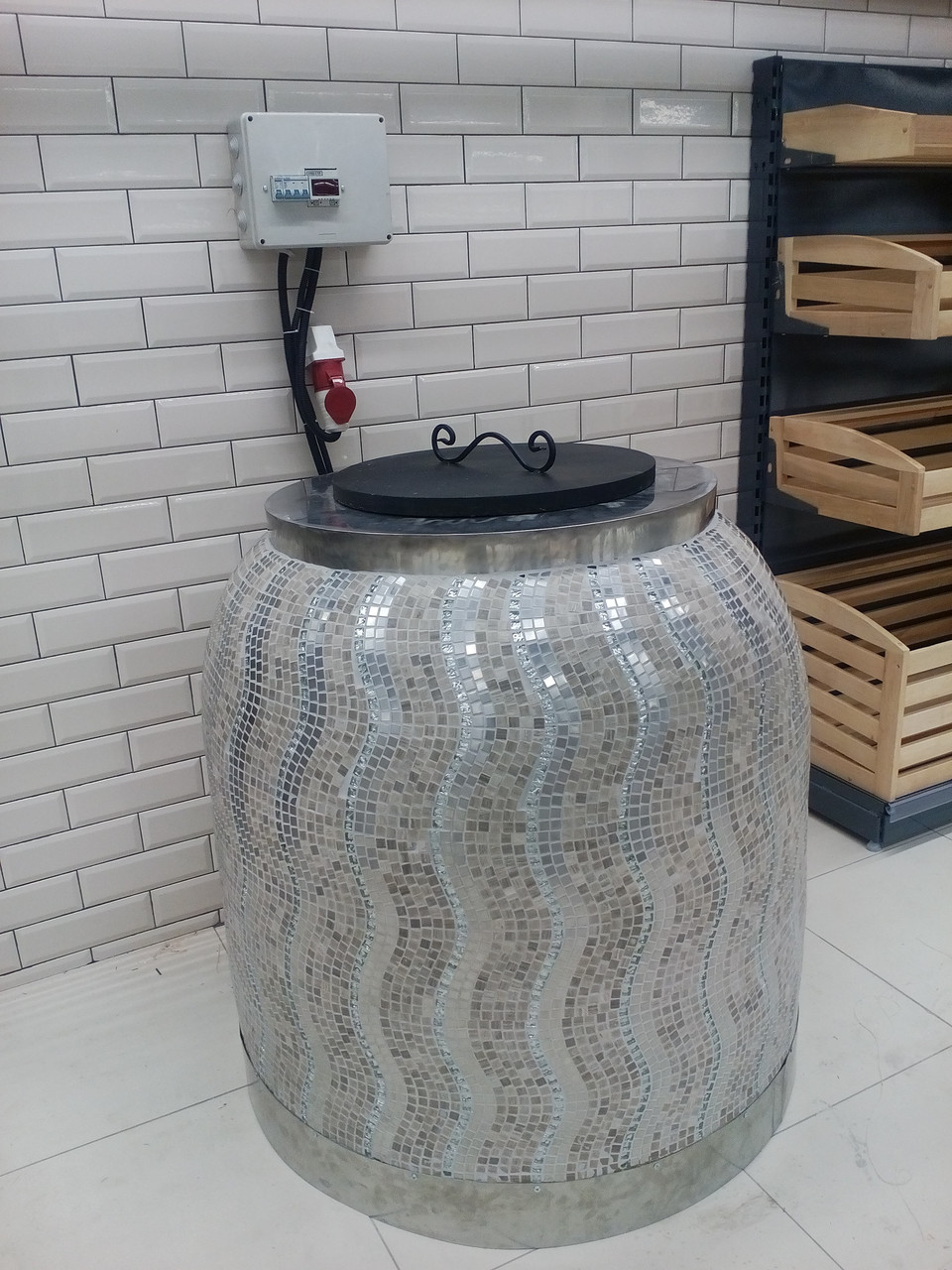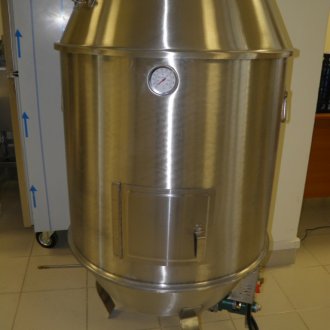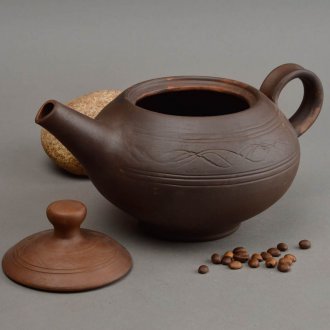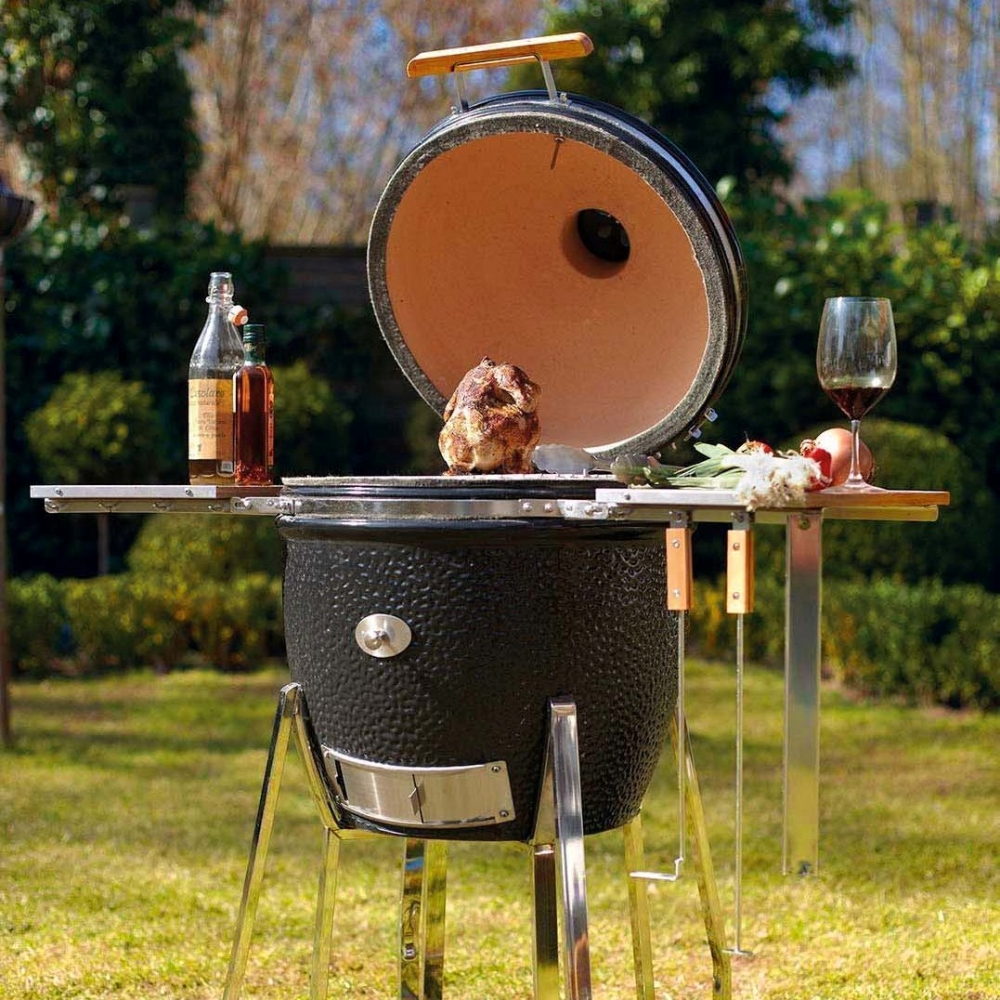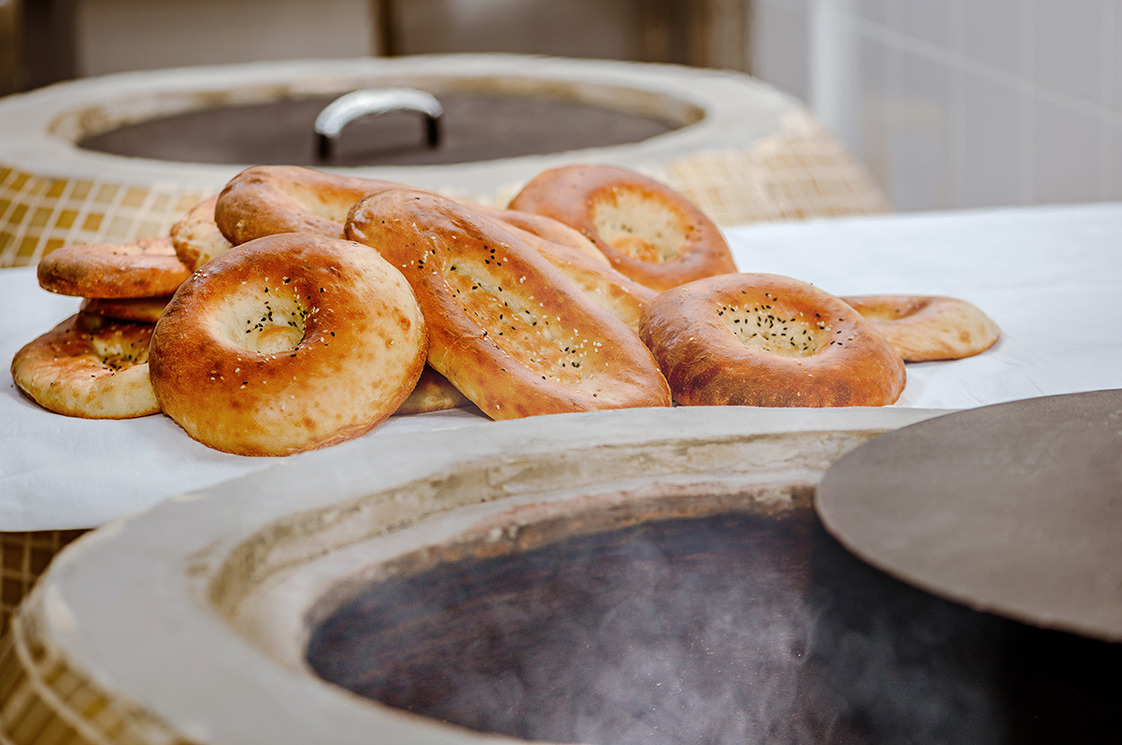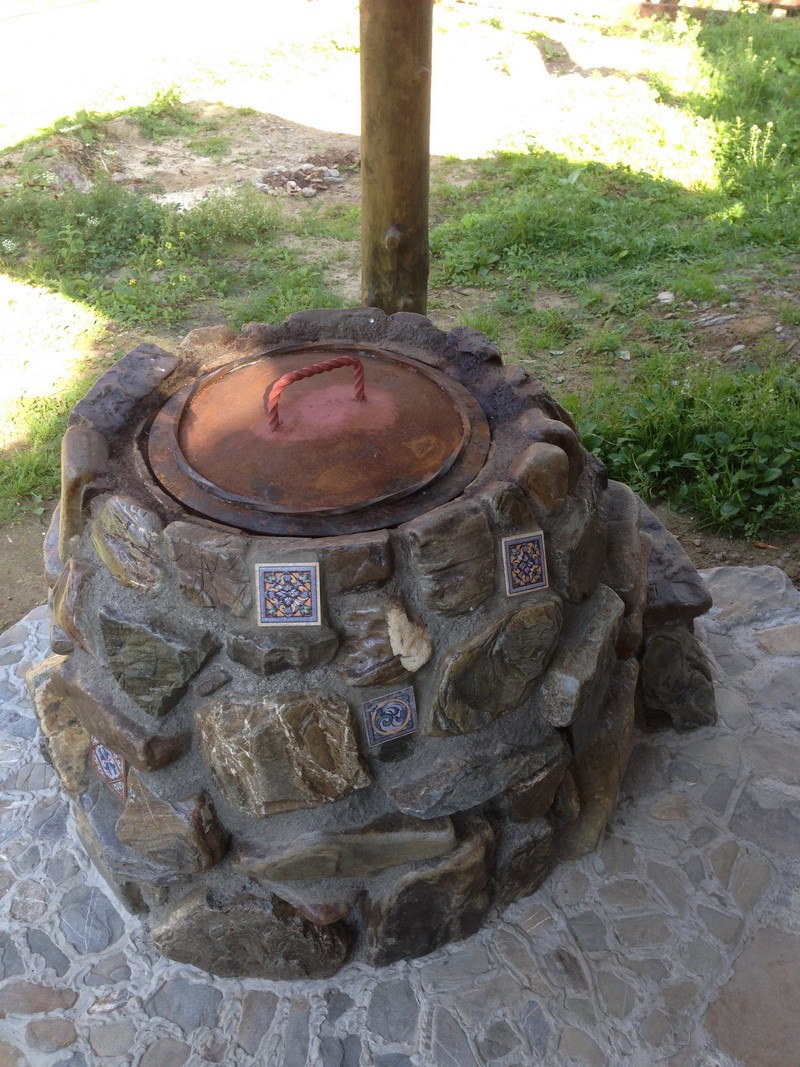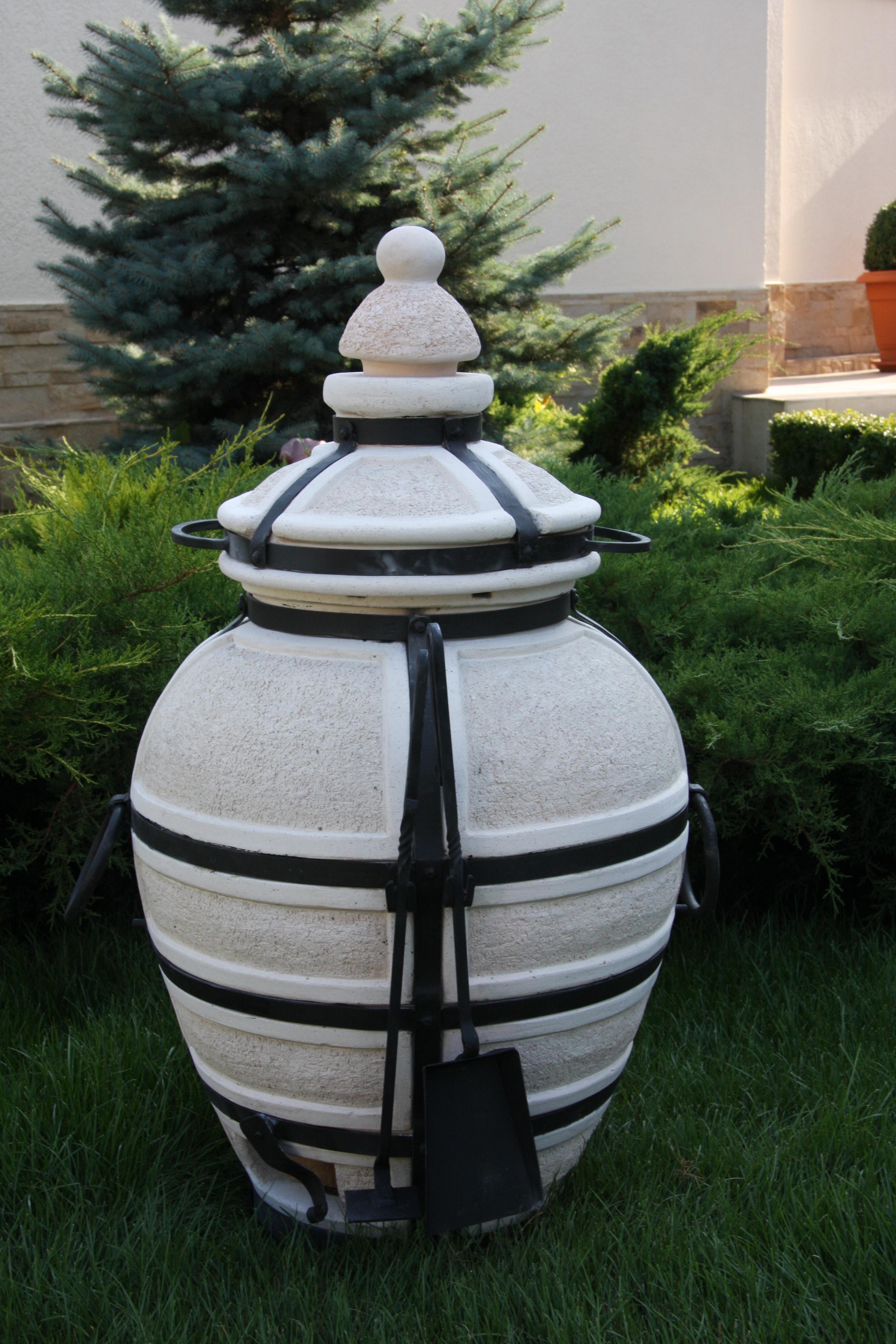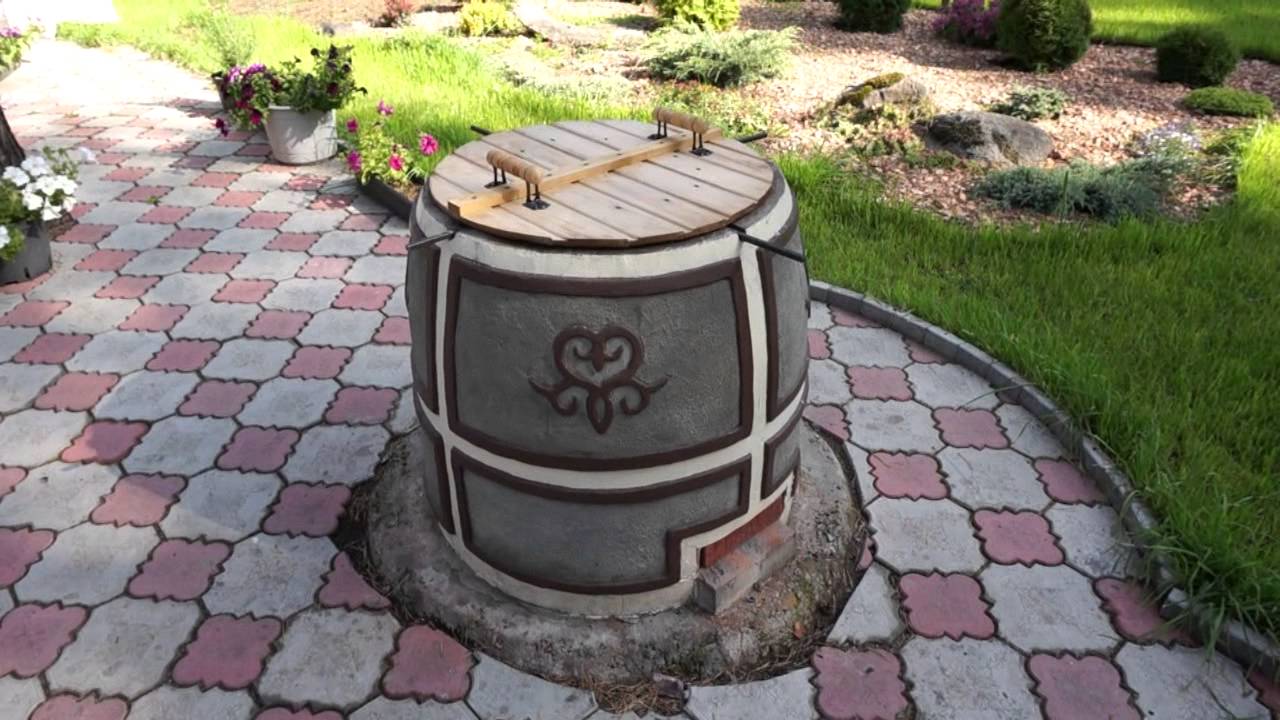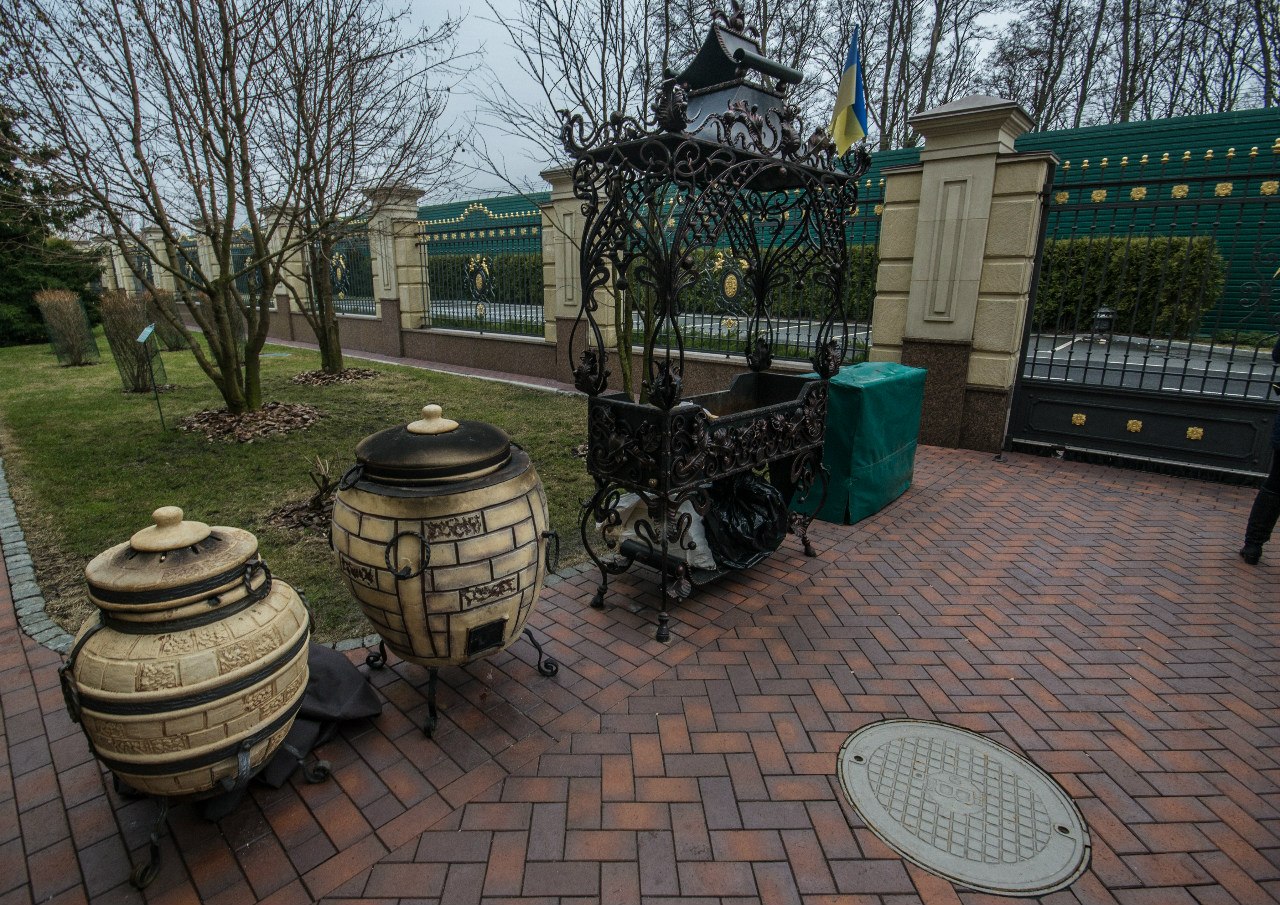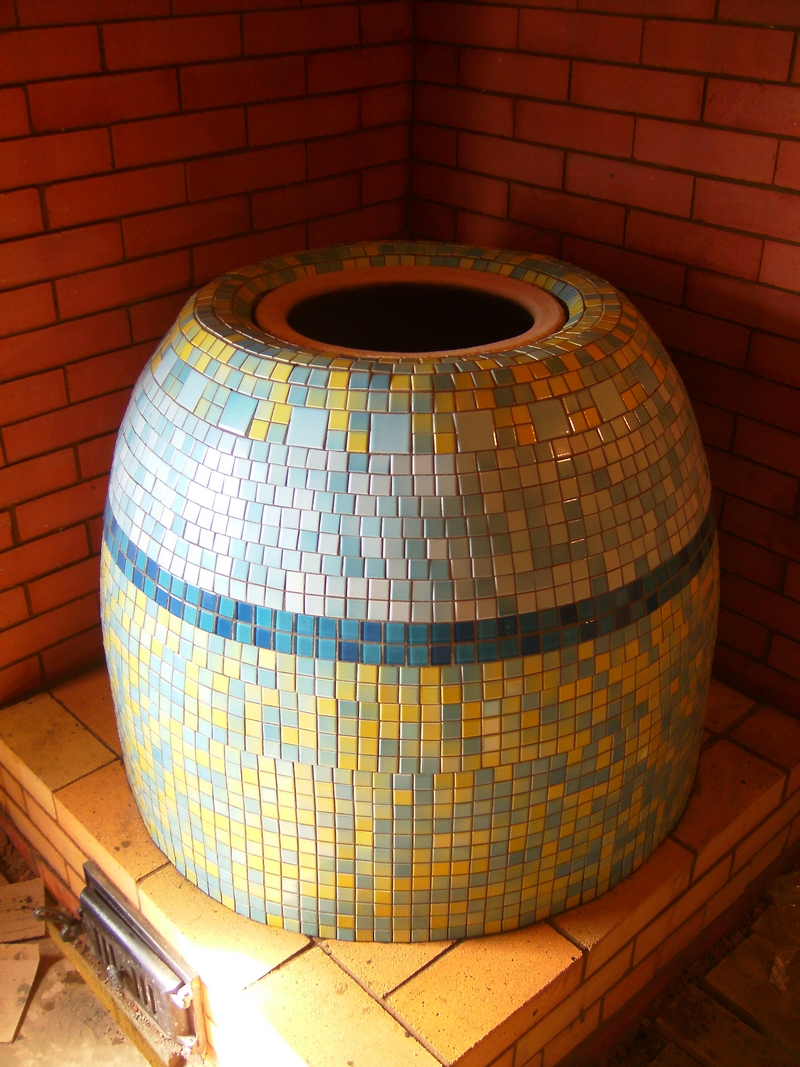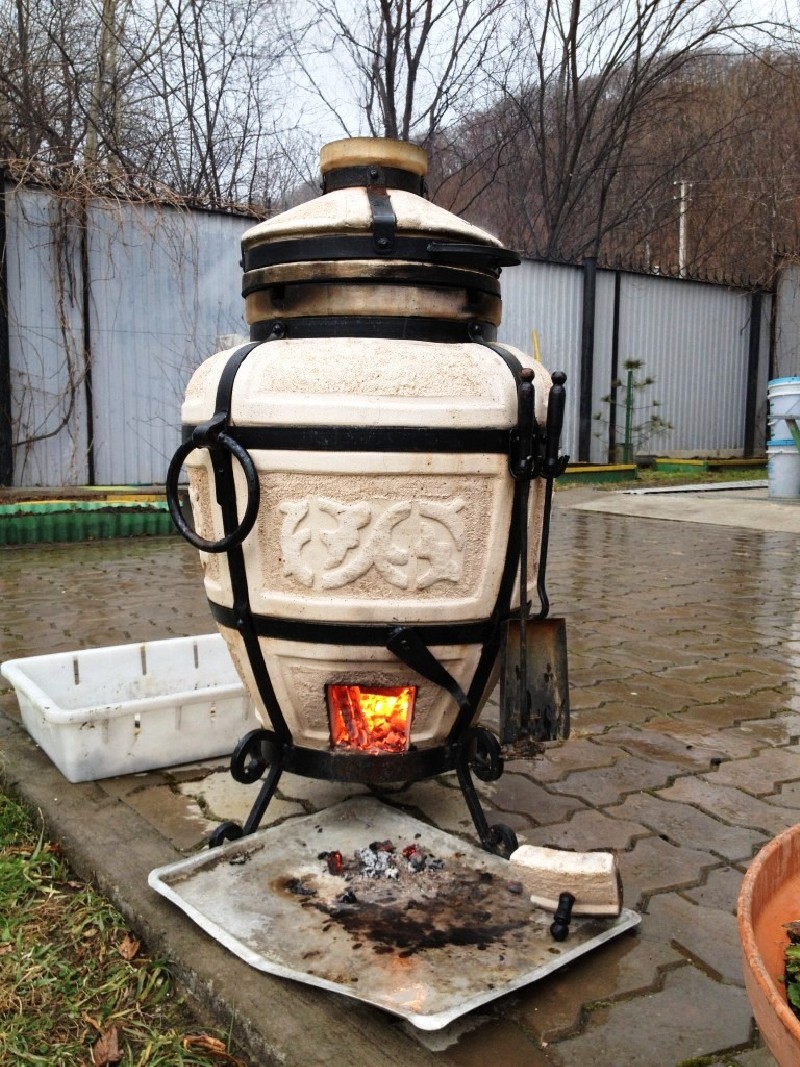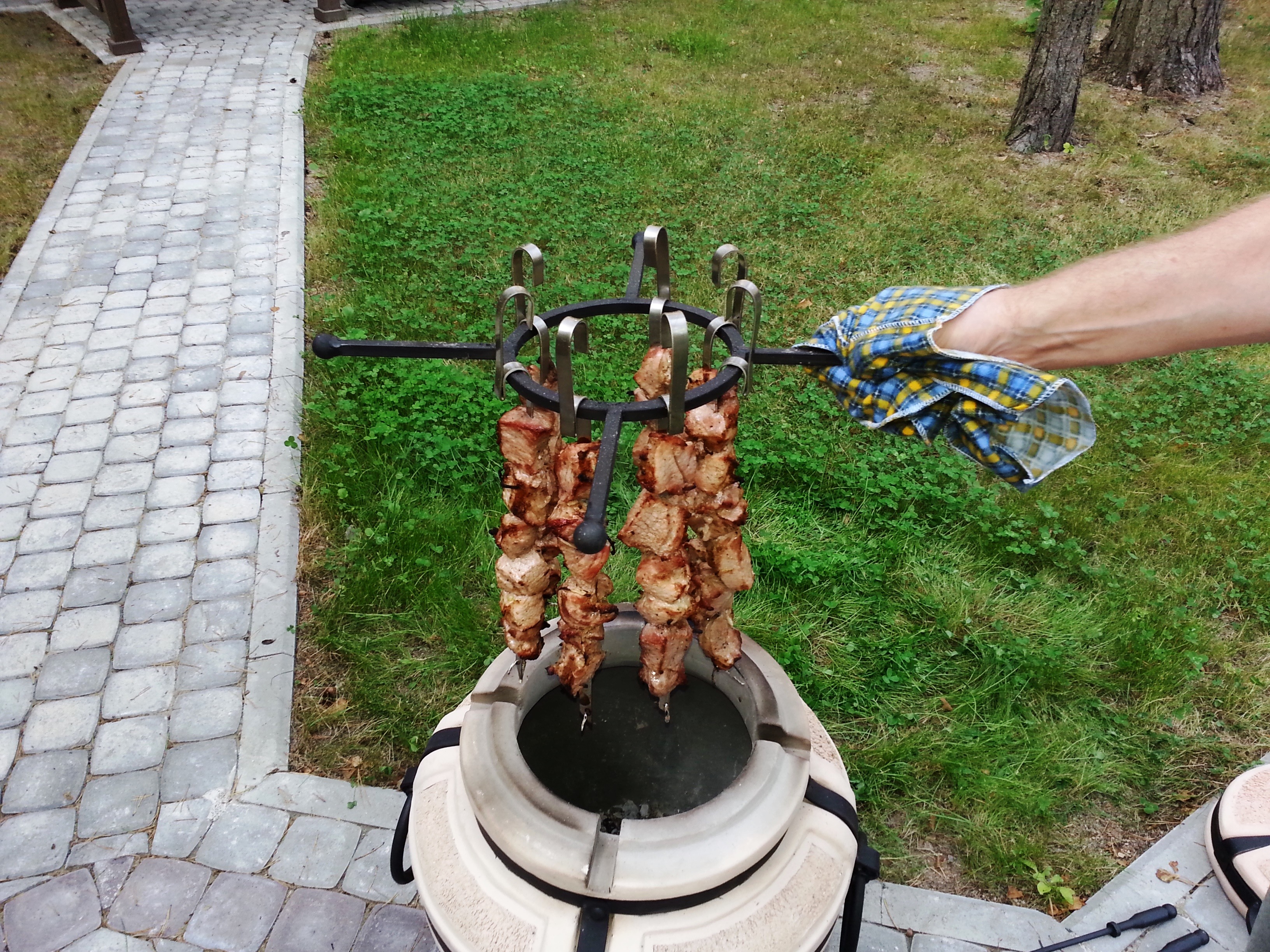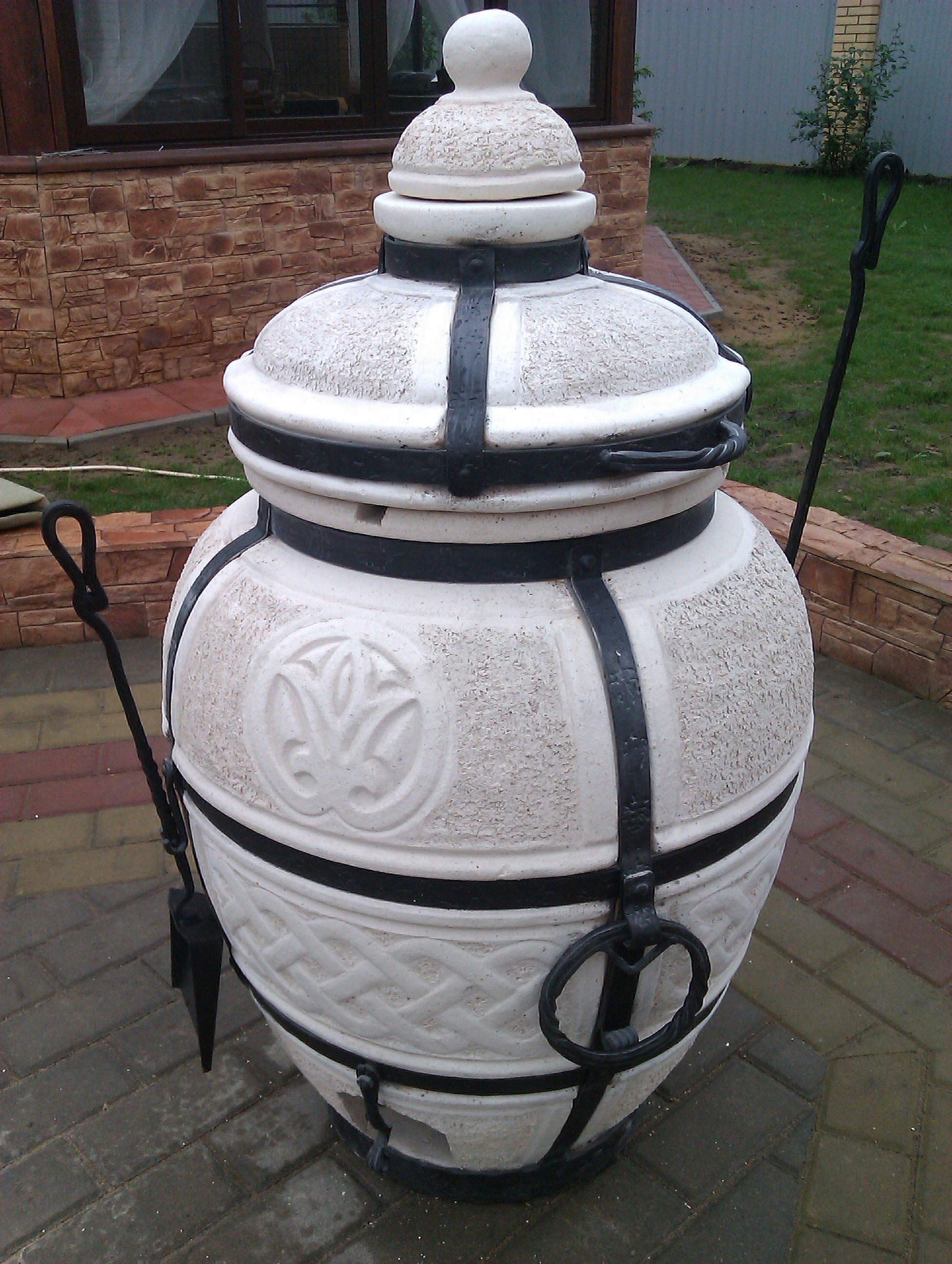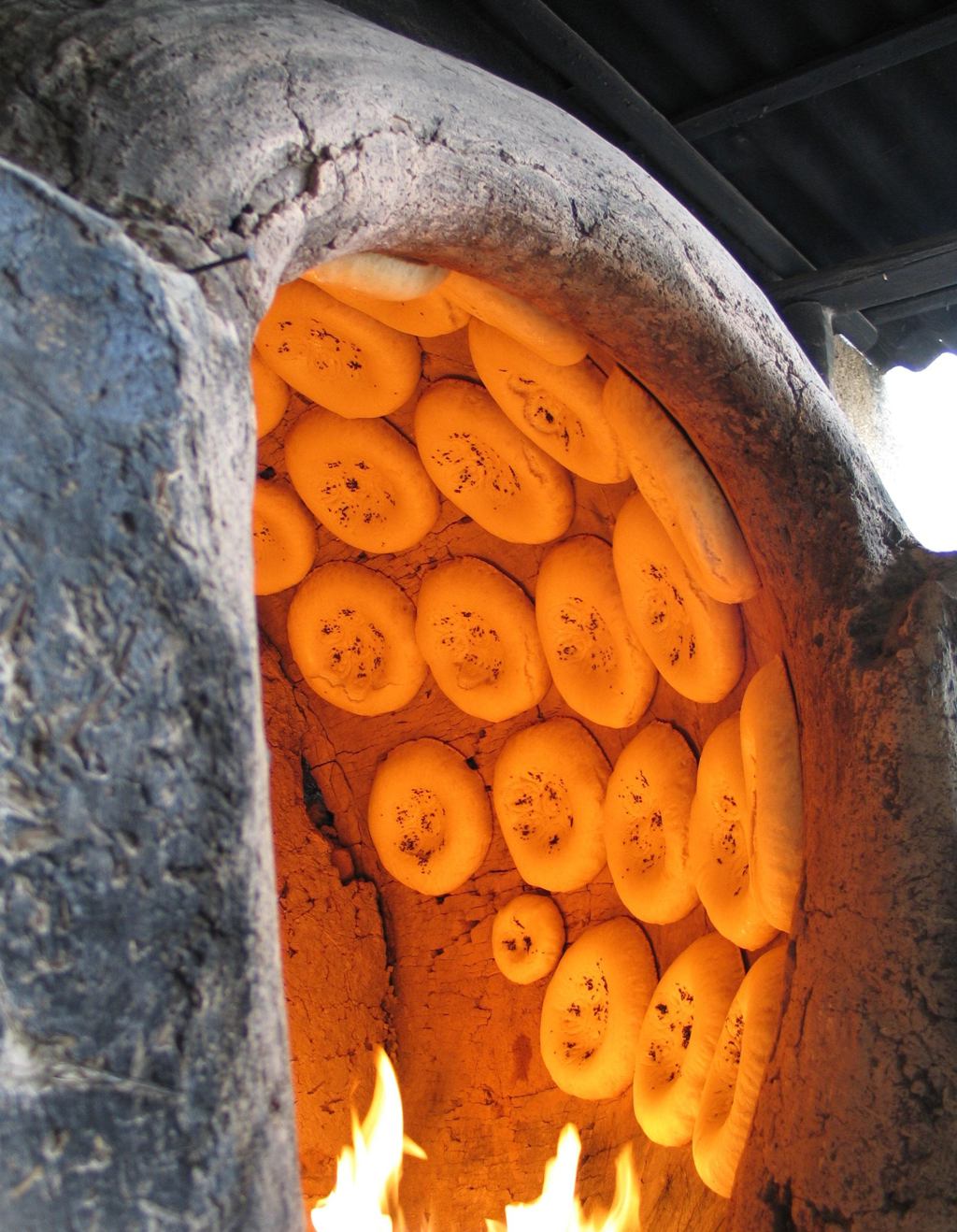Tandoor in the garden: self-construction (20 photos)
Content
The tandoor is an Asian variation of barbecue and barbecue, which suddenly gained unprecedented popularity among our compatriots. The design represents a traditional roasting oven, built in the open air (of course, the canopy is installed further), it is possible to cook a variety of dough products, vegetables, cereals, meat, soups on it. The key advantage here is the fact that the products are placed vertically, the juice does not immediately fall into the fire, as in the case of the barbecue, but flows down into pieces, impregnates them, giving the dish a special taste. Flour products, for example, pita bread, cakes, samsa, when cooked in a clay stove, are glued directly to the walls.
Advantages of the traditional option:
- it is easy to make a tandoor oven with your own hands even in a regular summer cottage;
- the design is such that for a long cooking process you need very little firewood, this is an economically viable solution both to satisfy personal needs, and to make oriental dishes with a view to further implementation;
- the Uzbek tandoor and its other varieties are constructed from environmentally friendly materials; metal or plastic is not used here;
- There is a wide range of recipes from different cuisines of the world, designed specifically for such a model.
The principle of operation of the device is based, first of all, on the fact that walls made using special technology are able to actively accumulate heat. First, fuel is ignited at the bottom, you need to wait until the temperature reaches 250 °, then meat or other products are lowered into the oven, and the lid is closed. Long metal sticks, equipped on one side with a hook, help to safely remove the dish from the hot cavity.
It is worth noting that in addition to the Uzbek model, homeowners often order an Armenian tandoor from stove-makers, which allows them to flexibly experiment with national cuisine; it successfully replaces the average barbecue.
Tandoor Classification
The division into species is carried out according to such characteristics as location, level of mobility, key material. According to the first criterion, it is worth bringing the following types of devices:
- underground - a common mini-tandoor, arranged in a deep pit;
- ground - in this case, the dimensions of the structure are determined by the needs of users.
The degree of mobility distinguishes:
- a mobile oven is a small, skillfully decorated device, it is equipped with wheels to transport, like a barbecue, from place to place;
- stationary tandoor usually has impressive dimensions, the main advantage is increased capacity.
According to the source material allocate:
- brick tandoor, it can be square or traditional round;
- a device made from a barrel;
- clay construction.
Modern analogues are electric tandoor and gas tandoor - they cannot replace the original wood model (food will differ significantly in organoleptic properties), but they can facilitate use due to alternative energy sources.
The subtleties of manufacturing a brick structure
Experts who know how to make tandoor from brick recommend preparing the following materials in advance:
- fireclay clay;
- cement;
- steel grate;
- sand;
- refractory bricks;
- water
- natural stone.
The amount of materials is determined based on the dimensions of the planned fryer. Work algorithm:
- Base formation. To build a tandoor from brick, you must initially dig a hole of the corresponding diameter, the height of which will coincide with the parameters of the future foundation. An optimal area will be with rocky or sandy soil, preferably away from walls and plantings; grill and high-quality concrete are used for pouring, which can withstand a significant load from the furnace. You can use the finished foundation mixture, consisting of red clay, sand and plasticizers.
- Create masonry. The foundation will dry for 2 weeks, then you can proceed to the formation of brick masonry tandoor. The first step is to assemble the order without using the mortar, and if the pattern converges, you can mix the cement mortar. Bricks are laid vertically, the level serves as a guide. At the very beginning, it is necessary to leave a blower - a gap through which air draft will go.
- Application of a clay layer. When the masonry takes on a barrel-shaped or square shape, it is coated with a mixture of clay (fireclay) and water, sometimes chopped sheep wool is added. Both internal and external surfaces are treated.
- Burning. A small amount of firewood is placed in an almost finished product and set on fire.
- Facing with natural stone. This stage is necessary not only for decoration, but also to improve the operational properties of the fryer, if there is no stone, you need to do double brickwork (expanded clay is poured into the formed gap).
- Creating the main cover and door for the blower.
Lightweight option - barrel oven
For those who do not know how to make a tandoor with their own hands, this solution will be the easiest option. The main materials:
- wooden barrel;
- sunflower oil (preferably refined);
- sheep's wool;
- clay;
- sand.
A similar model will have less strength compared to brick and clay, but the design of the tandoor allows you to build it yourself even without professional skills. It is necessary to choose a wooden barrel of a suitable size, it is important that its rings are significantly weakened. The inner surface of the wood should be carefully coated with vegetable oil and allowed to soak for 24-48 hours.
After this period, you can begin to dilute the solution from water, wool, clay, they also need to cover the inner surface of the barrel (the latter serves only as the original form, frame). The product can be left for about a week under incandescent lamps so that it completely dries out. Next, you can disassemble the barrel and burn the clay billet.
If there is no wooden barrel, you can use a plastic one. It is filled with water and coated on the outside with a clay layer. When the solution dries, the water should be drained: the plastic will decrease in volume, the barrel can be carefully removed. The roasting of the roasting pan will also be the final stage here.
Clay stove recommendations
It is necessary to prepare:
- kaolin clay;
- water
- sand;
- sheep wool;
- bricks;
- cottonseed oil.
How to make a tandoor in the country with your own hands - the sequence of work:
- The first step is to make a solution - it is necessary to mix clay with wool, add water, knead until thick sour cream. The container with the solution must be removed for a week in a place protected from wind and the sun, so that it dries out a bit (experts advise mixing the substance several times a day so that it acquires a uniform structure).
- After 7 days, they begin to form a tandoor, at this point the clay will resemble plasticine, become malleable, but will not bother. It is necessary to roll five centimeter clay strips on a flat surface, then place them in the shadow for a day, so that they become more dense. From these strips you need to form a circle with a diameter of 1.5 meters, gradually tapering to a half-meter neck.
- To dry the roasting pan, it must be left in the shade for a month, the final step will be to strengthen the structure with a brick. For coating, you can use a stove solution, the gap between the layers should be filled with clay, sand or salt. To prepare the product for firing, it is necessary to carefully coat the inside of the stove with cottonseed oil. The firing procedure will take about a day, because it requires a non-intense, smooth increase in temperature.
It is important to avoid the appearance of cracks, otherwise you will have to start work again.
Only natural fuel!
No wonder the classic design is wood tandoor - only wood is able to create the optimal temperature regime, which will not only positively affect the taste and consistency of food, but also save the roasting pan from destruction. Charcoal will not work - with its burning intensity, the eastern stoves burst (and they cannot be repaired). Coal is also excluded, since the walls of the fryer absorb coke oven gases, and it cannot be used further. Therefore, if you do not want to mess with firewood, it is easier to put a barbecue, but the list of dishes will be limited.
Specific use of the fryer
This type of oven has Asian roots, so it allows you to cook, first of all, the delights of oriental cuisine. The dishes are juicy, they have a special haze aroma, this applies to both meat and flour products.
Adherents of a healthy lifestyle should definitely put in a Georgian cottage tandoor - it allows you to cook food with a minimum oil content, you do not have to put a lot of spices in the food, as the cooking technology helps to preserve the moisture of the products, gives a very bright taste to each ingredient.
If you equip the tandoor built above the ground with a special horizontal grid, which has a height adjustment, the design can be used as a traditional Russian stove, which significantly expands the range of dishes. It is also important that products are cooked faster in the fryer, for example, for baking samsa with beef, it will take no more than half an hour.
You can push the boundaries and successfully supplement the family menu with food that you are used to buying in supermarkets, because before you build a tandoor, it was difficult to repeat the recipes at home:
- cook Uzbek cakes;
- bake Indian chickens;
- make home Iranian, Georgian, Armenian pita bread.
Should I buy an electric tandoor?
If you compare by price, then the electric and wood modification are approximately the same. So why did the first option appear and become in demand? Most likely, the point is ease of maintenance, in addition, such a summer cottage device is very simple in construction, and an inexperienced user will cope with it. But the professional chefs argue that such a tandoor is not advisable, all the tasks assigned to it can be entrusted to an ordinary stove - no one will notice the difference. The food is dry, there is no aroma of haze, the products often burn.
Even with a limited budget, you can independently build the simplest model based on a wooden barrel. If you follow the detailed description, the result will be a multifunctional roasting pan literally from improvised means.

